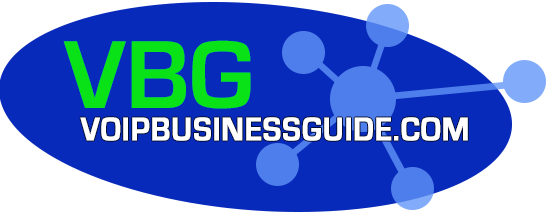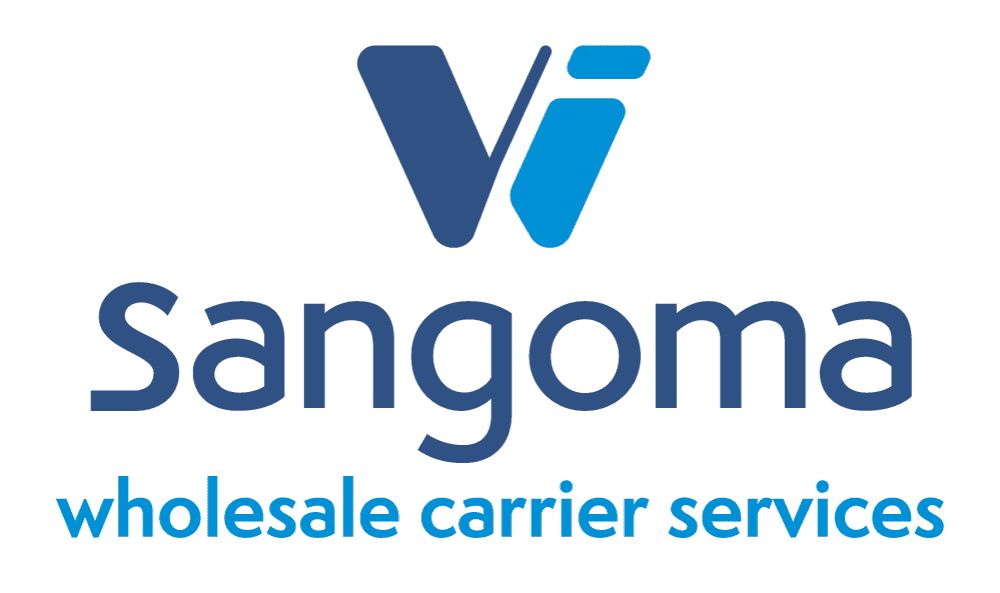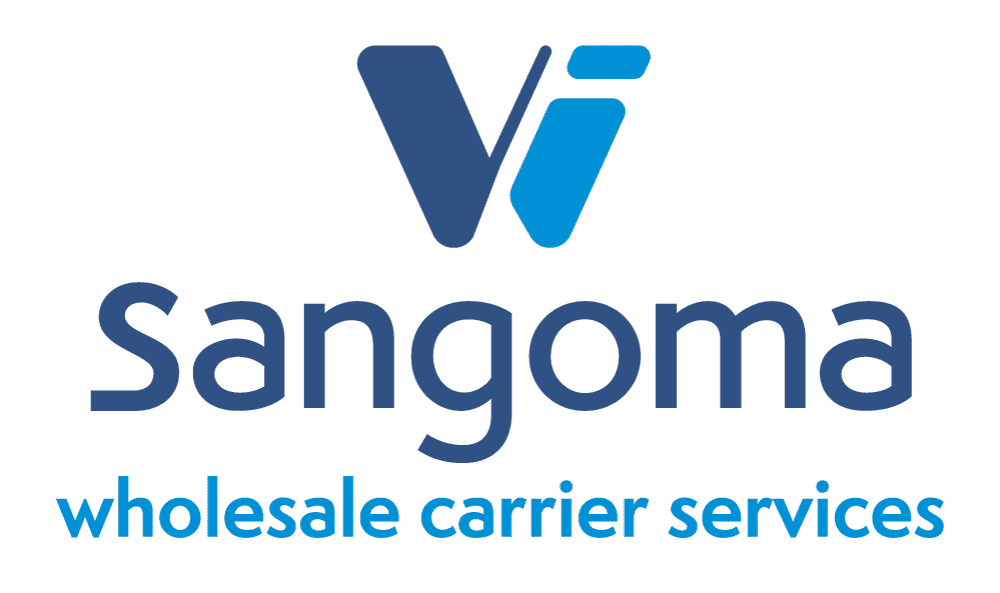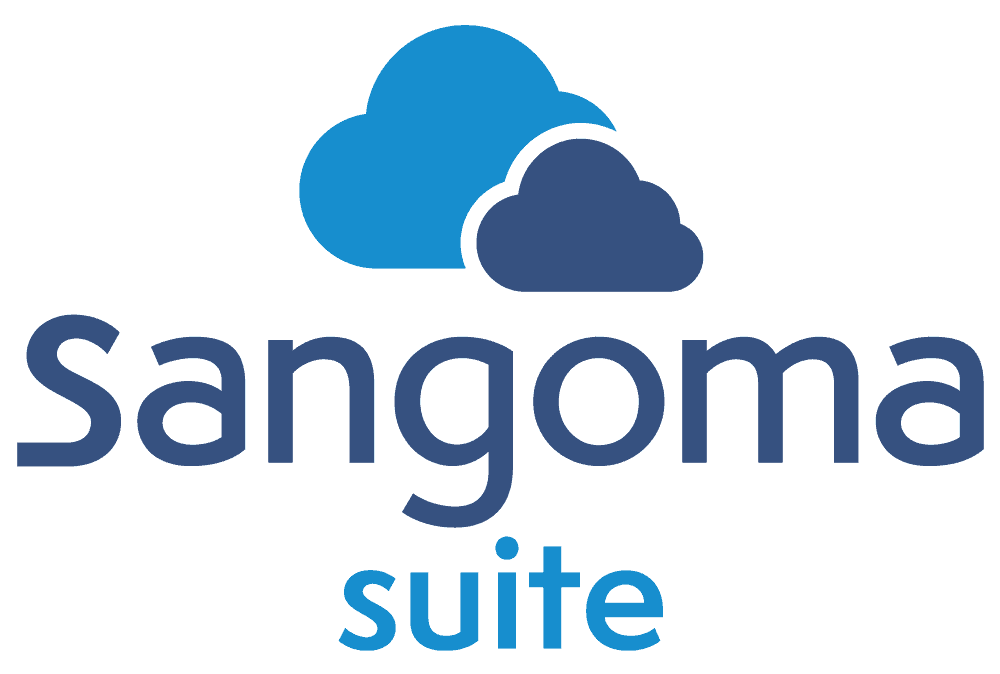CCaaS & Its Role In The Contact Center’s Future
The CCaaS (Contact Center as a Service) movement continues to grow as contact center capabilities become increasingly outsourced. This popular model of app deployment allows organizations to buy tech capacity as needed to keep operations running smoothly.
What Is CCaaS?
Contact Center as a Service products offer cloud-based capacity on demand; the enterprise pays for access to contact center capabilities as part of a subscription. This model has implications on helping cut costs related to IT spending, maintenance, and support, while expanding integration. CCaaS also supports new features rollout, as updates are pushed automatically by the provider.
With CCaaS, companies incur no investment, other than subscription costs, in infrastructure, maintenance, or physical overhead. Similarly, logistical headaches are also passed off to the service provider.
Differences Between CCaaS & UCaaS
Despite some functional overlap, CCaaS differs from the more common UCaaS (Unified Communications as a Service) due to varying applications. Contact Center as a Service supports customer communications, while the UC variant promotes inter-organizational collaboration.
On-demand contact center software includes call center features to assist sales and support staff, as well as the customer, whereas UCaaS options include functions such as video conferencing, messaging, email, and voice calling to streamline employee workflow and collaboration.
What are CCaaS Capabilities?
Outsourced contact center solutions are defined by several features.
Automated Contact Distributor (ACD)
The ACD routing engine intelligently queues self-service, AI chatbot CCaaS exchanges. The capability supports the omni-channel desktop, with features for handling context and designing contact flows. Managers can also pre-assign coverage areas to specific agents for intelligent customer call routing. For the service provider, this element provides critical coverage for handling customer inquiries and addressing concerns, streamlining customer relationship management (CRM) and experience management (XM).
Interactive Voice Response (IVR)
The Contact Center as a Service function includes a customizable, interactive menu that allows callers to either speak a command or dial a number to enter a selection. IVR also integrates with ACD to support data sharing. From customers’ perspective, automated lines can be frustrating and repetitive. IVR technology streamlines the query process, helping to properly convey thoughts and questions to appropriate channels, extending customer satisfaction.
Outbound Software / Predictive Dialer
CCaaS outbound software – or “predictive dialer” – includes features to support outbound calling. This function supports proactive outreach, as well as features to help sales and customer service agents improve connection rates and function as if situated in a physical call center. For the remote contact center, the implications are numerous, as its features serve to drive sales, support connection rates, and eliminate lag time.
Benefits of Using CCaaS
Competitive CCaaS installation advantages generally focus on its ability to streamline and simplify operations management. Top benefits include:
- Scalability – CCaaS environments can be scaled up or down, according to organizational need. Infrastructure-related investments are tossed aside, as capacity and capabilities can be added / removed.
- Reduced Cost – Expenses associated with installing, testing, maintaining and using physical contact center solutions are eliminated using Contact Center as a Service. Organizations can restrict spending strictly to items deemed necessary for operational growth, and offset costs related to administering such infrastructure to the provider.
- Less Overhead – CCaaS deployments support reduced overhead spending, including personnel and technology investments. Physical infrastructure – and its often-costly maintenance – are reduced to practically nothing.
- Reinforced Customer Experience – CCaaS reinforces CX, with elements to streamline access to dedicated personnel, automate selections and obtain information without disruption.
- Business Continuity and Disaster Preparedness – Data, as its maintenance no longer falls on the organization itself, becomes accessible on a 24×7 basis, and is backed up and secured against natural and man-made disaster. Additionally, data replication technology – whereby data is stored in multiple, geographically dispersed data centers – promotes accessibility even in the event of provider failure.
Check out the contact center features available with Switchvox from Sangoma.
The post CCaaS & Its Role In The Contact Center’s Future appeared first on Sangoma.






